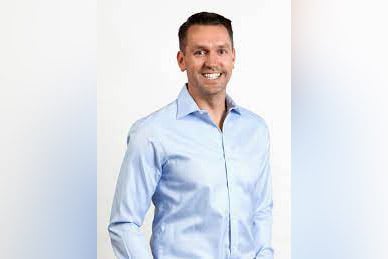

The fixed vs variable home loan debate in Australia has never been complicated. Australia has long been a nation of variable rate borrowers, with customers willing to stake their claim that rates will go down over time rather than up.
Now, however, for the first time in decades, that seems to be changing. Australian borrowers see rates that seemingly cannot go lower and are, instead, locking in 2021 rates long-term.
Damien Roylance, mortgage broker and MD at Entourage Finance, told Australian Broker that he had been seeing 9 out of 10 customers choose a fixed rate in recent weeks.
“We’re having the conversation with every single customer at the moment,” he told Australian Broker. “The rates are just too attractive.”
“Owner occupier rates starting with a 1 in front is something that we’ve never seen before, and most people don’t think that a variable rate can go below what’s on offer.”
“If you look at the lowest rate, whether it’s 1.79% or 1.84%, it’s very attractive and sometimes these variable rates are hovering around that 2.5% mark with your major lenders, so there’s a good 0.5% amount of difference between fixed and variable for owner occupiers paying principal and interest.”
“It’s a lot more than ever before taking that fixed rate, and it’s a pretty safe bet in my mind. Worst case with a fixed rate is, as we always say, that the variable rate goes below it and you’re at a disadvantage. But realistically, people can afford these loans with rates starting with 1, it’s pretty attractive and they’re taking it.”
Roylance has been a mortgage broker for 15 years and has never seen fixed rate loans be more popular than variable rates. But can it continue?
“The quick answer is that I have no idea, and I’ve stopped trying to predict what is going on in the market,” laughs Roylance. “The world keeps changing.”
“The Governor (Phillip Lowe) says that he’s not going to change rates for three years, and that was last year, so if you believe that, then we’ve got another two years to go before rates move anywhere upwards. Whether that happens or not, that’s what they’ve said.”
“When you look at two- and three-year rates, the banks probably agree with him, because they’re offering the sharpest rates at two and three years. Normally the banks get these things right.”
“The four- and five-year rates at some lenders have started to go up, so they might feel that they’ll go up in the next few years. But again, I don’t think that anyone really knows.”
Given the prevalence of fixed rate over variable, there is a clear cognitive dissonance where the RBA says that rates will not change, but banks are pricing a cash rate change into longer term rates and customers are voting with their feet to lock in prices where they are today ahead of a rate rise.
“We’re not seeing too many people do the five-year rates at the moment,” said Roylance. “I did have one guy do it, and he works in the money market and seemed to think it was a pretty good bet.”
“You pay slightly more for four- and five-year at the moment than you would for two and three, and the benefit will come, if you get it right and rates do go up, you could make all your money back in the fourth and fifth year.”
“With fixed, it’s always a gamble. Australia’s a nation of gamblers and they always try to get it right. They’ve got it wrong in the past because rates have been on the decrease ever since the GFC, but I think it’s a safe bet to fix in a rate with a 1 in front of it.”
“I don’t see how that could ever really go wrong: if you can’t afford that, you probably shouldn’t be buying a house.”
